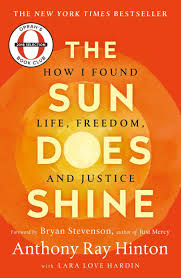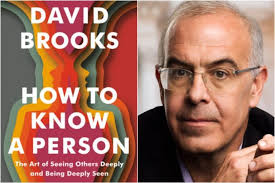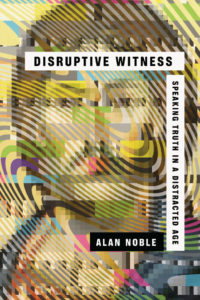Perhaps Jesus’ all-time most bewildering parable is that of the unjust steward (Luke 16:1-9). Is Jesus really saying it’s okay to misuse other people’s money?
The story is this. A rich guy (let’s call him Elon) has heard that his manager (let’s call him Andy) is wasting his money, maybe skimming some off the top. So Elon tells the manager to turn in the books. He’s fired.
Andy is desperate about how to survive. He is too proud to beg and too weak to dig ditches. So he cooks up a scheme. Before word gets out that he’s fired, Andy goes to people who owe Elon money–lots of money. Andy has each of them do the paperwork needed to reduce their debts by huge amounts. This way, Andy figures they’ll help him when he is out of a job. One favor will deserve another.
When Elon finds out what Andy has done, is he furious that Andy has lost even more of Elon’s money? Does he throw him in jail? Does he bust his kneecaps? No. Jesus says that Elon praises Andy for being so shrewd.
If we assume that the rich guy is God and the manager is all of us . . . ok, I’m still really confused. God wants us to be dishonest?
Jesus goes on, however, and concludes with this, “For the people of this world are more shrewd in dealing with their own kind than are the people of the light. I tell you, use worldly wealth to gain friends for yourselves, so that when it is gone, you will be welcomed into eternal dwellings.” That’s supposed to help? What the heck does it mean?

Tim Mackie and Jon Collins remind us in a Bible Project podcast that indeed we are all stewards of what God has given us. Everything we have comes from him. Whatever we have (health, connections, property, abilities, money) isn’t really ours. It all belongs to God. And we are to steward all this, to manage it for his purposes.
How is the unjust steward wise? He realizes money isn’t an end in itself. It is to be used for other, greater purposes. For the steward, that greater purpose is to gain a cushy life for himself.
We can be wise similarly by also realizing that money should be used for greater purposes. The difference lies in what that purpose is. The point for us is not to accumulate money or possessions for their own sake (or for our own sake) but for the sake of God’s kingdom.
Money is not about the money, Jesus is saying. It’s about justice, generosity, and the fruit of the Spirit. Righteousness meant doing right by others in Jesus’ day. It does today too.


 Because the New Testament writers were people steeped in the Old Testament, that’s where they often drew ideas, motifs, and references to understand this surprising Jesus who was not the military Messiah they expected. The language of “passing by” recalls the story in Exodus 32–33 when Moses asked God to see his glory. God says, “When my glory passes by, I will put you in a cleft in the rock and cover you with my hand until I have passed by” (Exodus 33:22, my emphasis).
Because the New Testament writers were people steeped in the Old Testament, that’s where they often drew ideas, motifs, and references to understand this surprising Jesus who was not the military Messiah they expected. The language of “passing by” recalls the story in Exodus 32–33 when Moses asked God to see his glory. God says, “When my glory passes by, I will put you in a cleft in the rock and cover you with my hand until I have passed by” (Exodus 33:22, my emphasis).

 Such a story would prove to Nietzsche that he was right, that people don’t operate by ideals, even the most high minded. It’s all a sham, a fake, a charade. Even a political party supposedly built on the foundation of peace with the natural world quickly degenerates into vitriol and violence.
Such a story would prove to Nietzsche that he was right, that people don’t operate by ideals, even the most high minded. It’s all a sham, a fake, a charade. Even a political party supposedly built on the foundation of peace with the natural world quickly degenerates into vitriol and violence. The book highlights the unnecessary limits, the ill treatment, and the stereotypes so many once had and sadly still have of women. But an irony is that the book also seems to perpetuate certain stereotypes.
The book highlights the unnecessary limits, the ill treatment, and the stereotypes so many once had and sadly still have of women. But an irony is that the book also seems to perpetuate certain stereotypes. 
 Pilate knows just what these leaders are up to when they bring this innocent man to him for judgment, and it isn’t truth. No one wants truth. They just want power.
Pilate knows just what these leaders are up to when they bring this innocent man to him for judgment, and it isn’t truth. No one wants truth. They just want power. Having read a half dozen books which tout the significance of and make substantial use of Taylor’s magnum opus,
Having read a half dozen books which tout the significance of and make substantial use of Taylor’s magnum opus,  I could go on for pages about the provocative, game-changing ideas in the book. I haven’t even mentioned his concepts of our disenchanted world and the buffered self which many other books make first-rate use of (such as Alan Noble’s
I could go on for pages about the provocative, game-changing ideas in the book. I haven’t even mentioned his concepts of our disenchanted world and the buffered self which many other books make first-rate use of (such as Alan Noble’s